Anchorage occupies a unique geographical position where wild Alaska remains accessible within municipal boundaries. Nearly 500,000 acres of state and municipal parklands exist within the city limits, creating wilderness experiences minutes from downtown accommodations.
The urban-wilderness interface creates opportunities found nowhere else in America, allowing visitors to experience authentic Alaskan nature without extensive travel. Here is a list of 15 remarkable nature experiences available within Anchorage city limits, proving you needn’t venture far from urban amenities to experience the magnificence of wild Alaska.
Kincaid Park
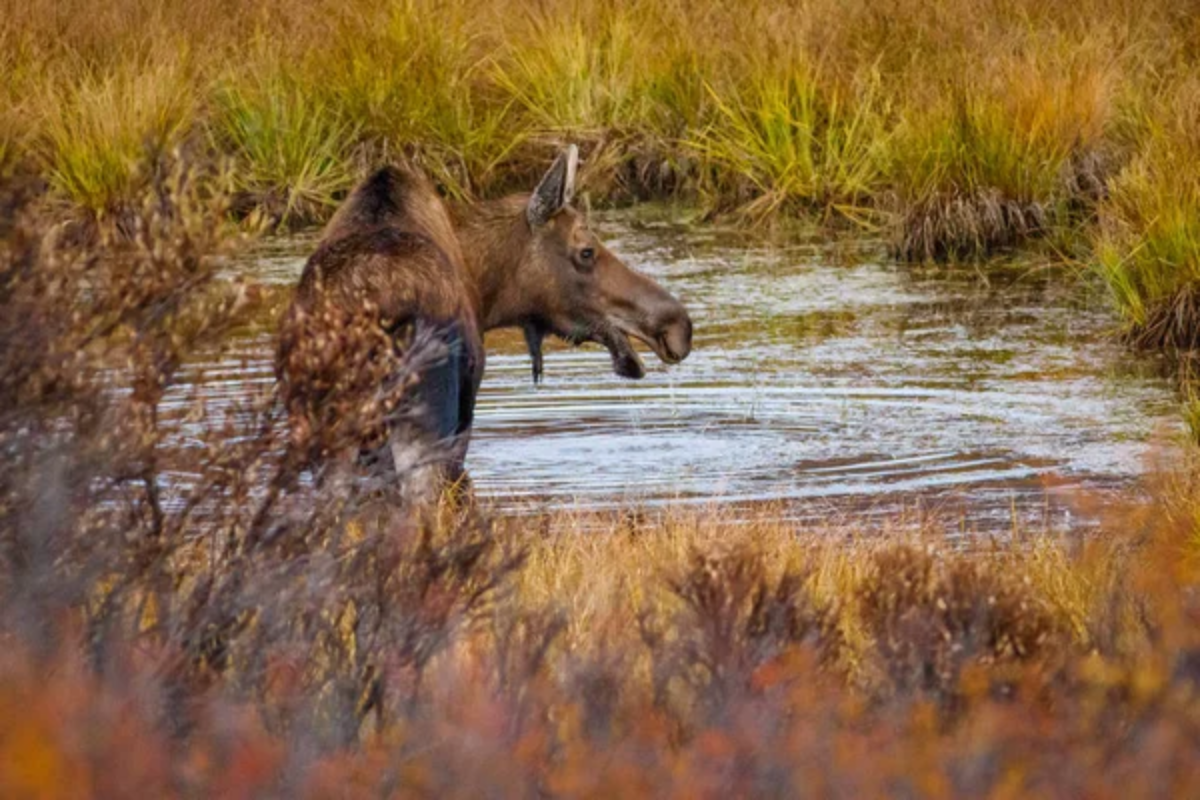
This 1,400-acre municipal park occupies a former Cold War missile site where military infrastructure has been reclaimed by nature. The extensive trail system winds through dense forest, opening occasionally to dramatic Cook Inlet viewpoints framing active volcanoes across the water.
The park’s healthy moose population ensures regular wildlife encounters, particularly during early morning or evening visits when animals actively feed in meadow areas.
Tony Knowles Coastal Trail

This 11-mile paved pathway follows the coast from downtown to Kincaid Park, offering continuous views across Cook Inlet toward the Alaska Range. Sections through Earthquake Park reveal how the devastating 1964 earthquake permanently altered the landscape, with interpretive signs explaining the dramatic geological events.
Bike rentals available downtown make the trail accessible regardless of fitness level while allowing visitors to cover significant distances.
Like Travel Pug’s content? Follow us on MSN.
Far North Bicentennial Park
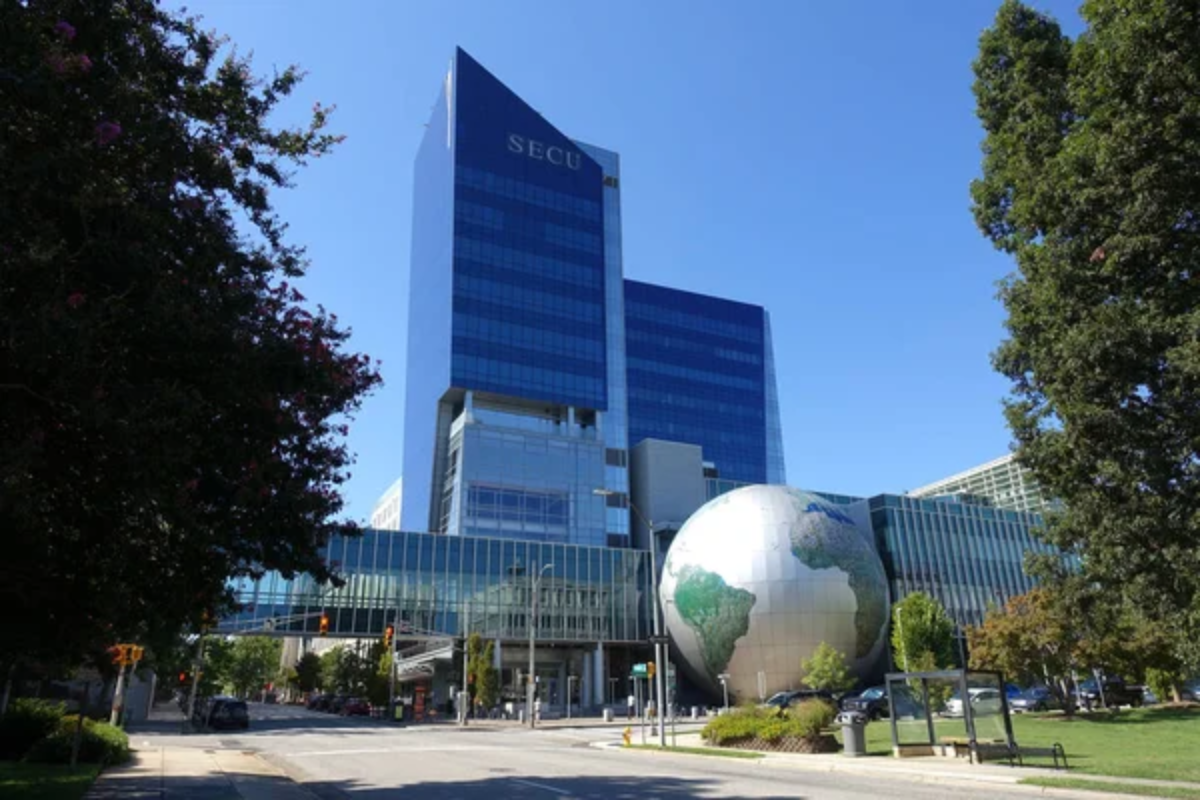
Nearly 4,000 acres of forested parkland contain extensive multi-use trails connecting to the broader Chugach State Park system. The Campbell Creek Science Center offers educational programs highlighting local ecosystems and wildlife adaptations to subarctic conditions.
Winter transforms the landscape completely while maintaining accessibility through groomed cross-country ski trails and snowshoe routes.
Westchester Lagoon
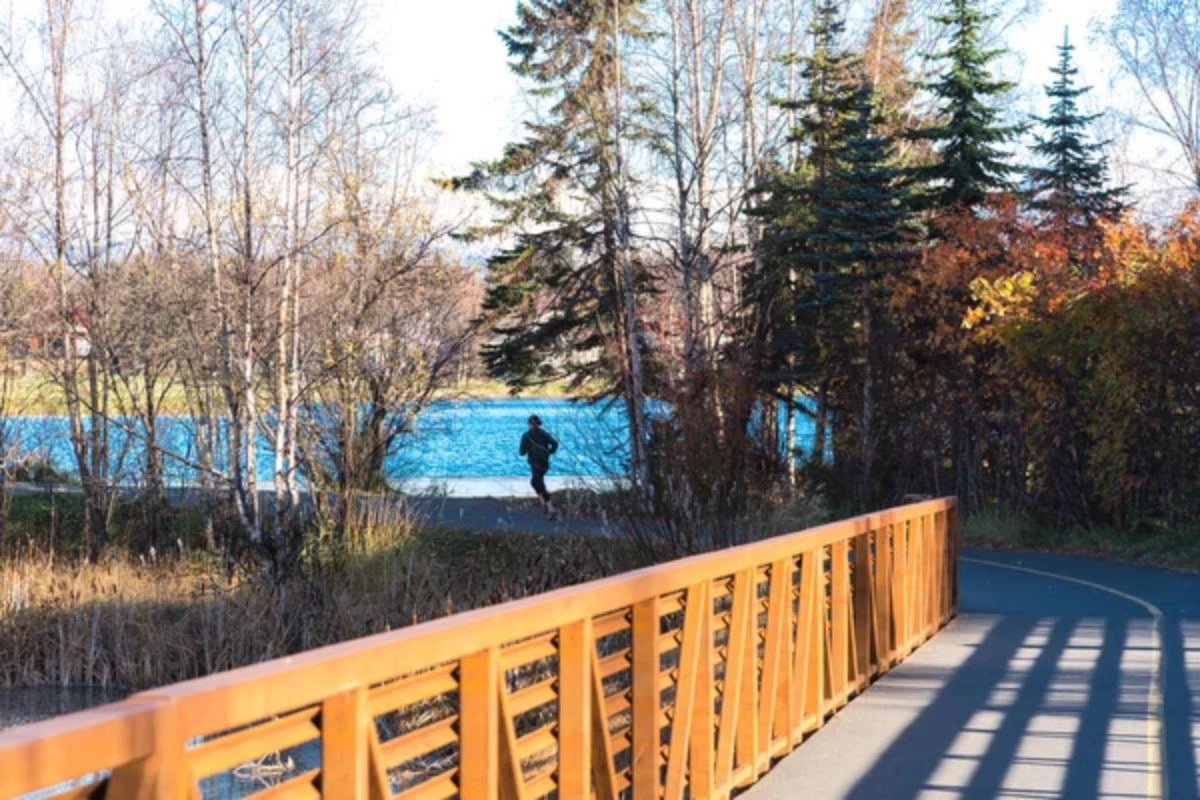
This urban wetland adjacent to downtown serves as a critical waterfowl habitat while providing recreational opportunities within walking distance of major hotels. Spring migration brings spectacular bird diversity as species move north along the Pacific Flyway, creating world-class birdwatching without specialized transportation.
Winter transforms the lagoon into a community ice skating venue, with maintained paths connecting multiple areas.
Russian Jack Springs Park
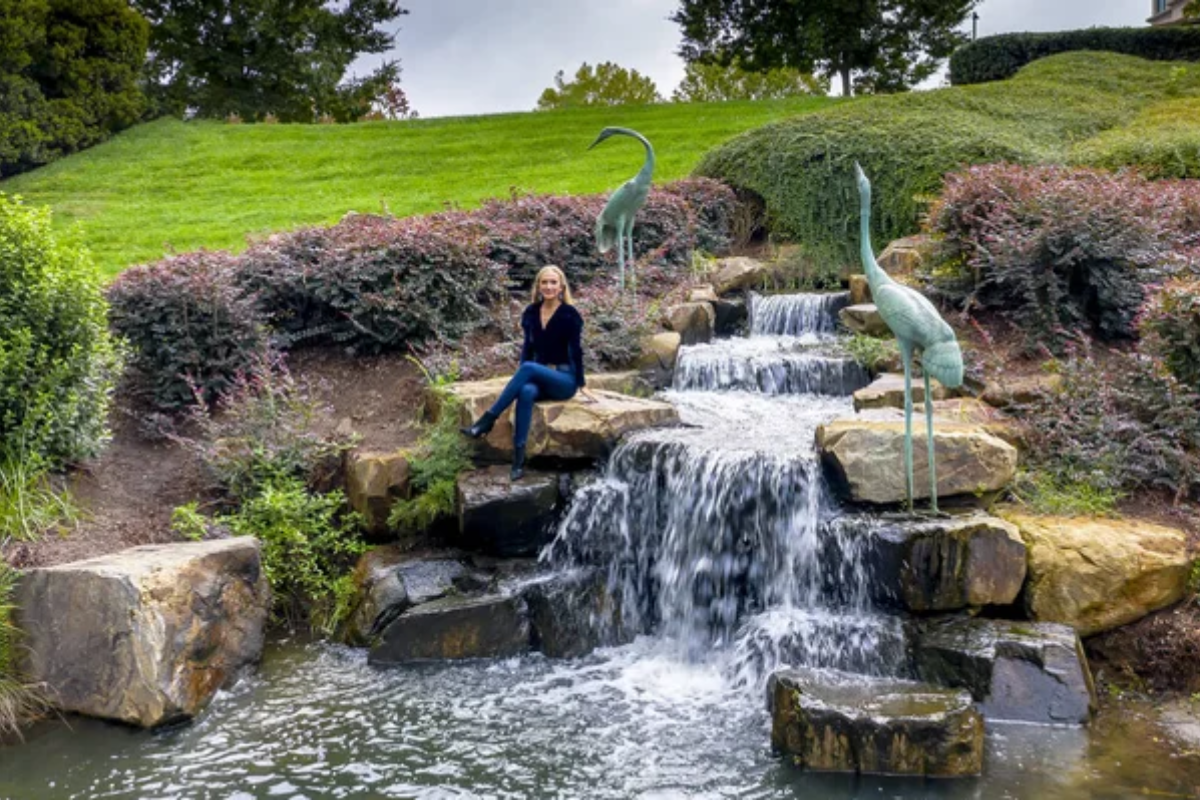
This diverse park preserves a natural spring creating microclimates supporting plant communities uncommon elsewhere in the municipality. The spring maintains consistent 36-degree temperatures year-round, creating dramatic winter scenes as surrounding landscapes freeze while the flowing water remains open.
The park’s developed amenities include golf facilities and groomed trails while still maintaining significant natural areas supporting wildlife.
Like Travel Pug’s content? Follow us on MSN.
Chester Creek Trail
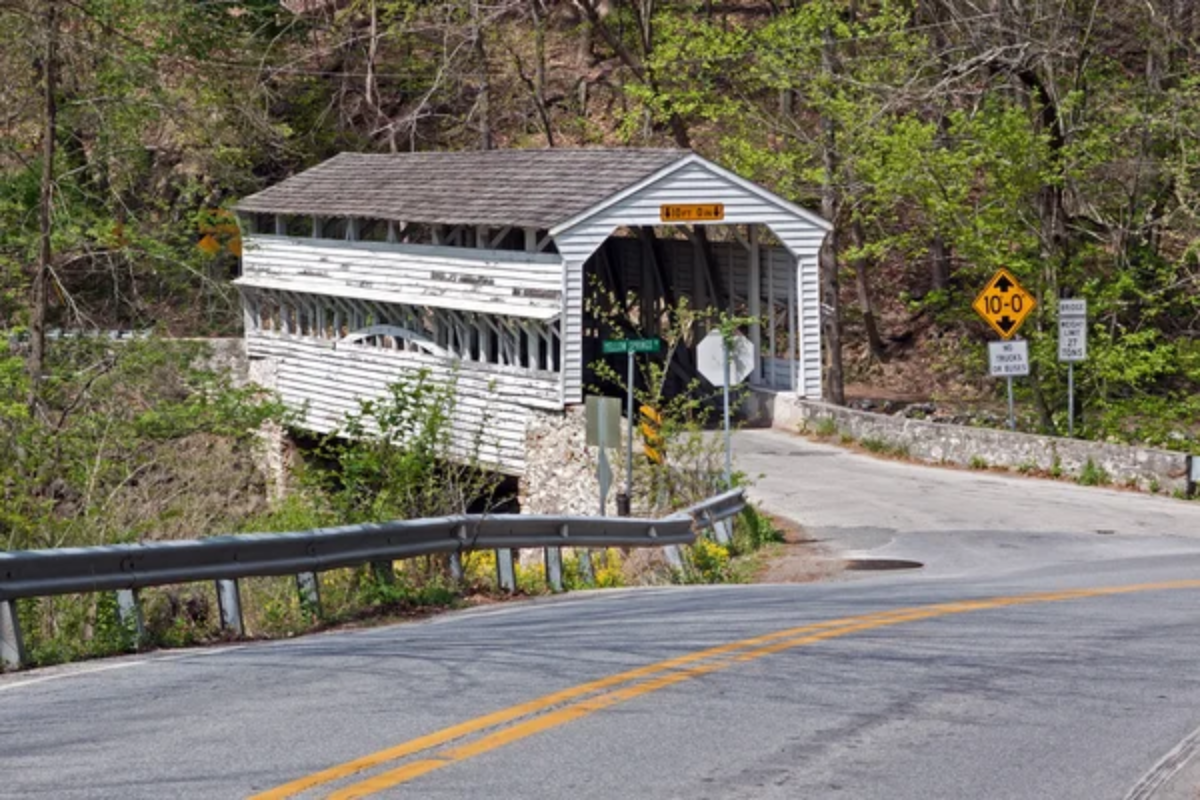
This greenbelt corridor forms a natural spine through central Anchorage, connecting multiple parks along a stream environment. The trail passes through varied ecosystems, from forested sections to open wetlands supporting diverse wildlife, including beaver colonies building and maintaining dams.
The paved pathway accommodates users of all abilities, while interpretive signage explains ecological relationships visible along the route.
Potter Marsh Wildlife Viewing Platform

This elevated boardwalk extends over wetlands south of downtown, creating perfect observation points for watching bird life without causing disturbance. The marsh habitat supports nesting birds during the summer months while serving as a crucial stopover habitat during spring and fall migrations.
The accessible design includes wheelchair viewing stations and interpretive materials explaining wetland ecological functions.
Campbell Creek Estuary Natural Area
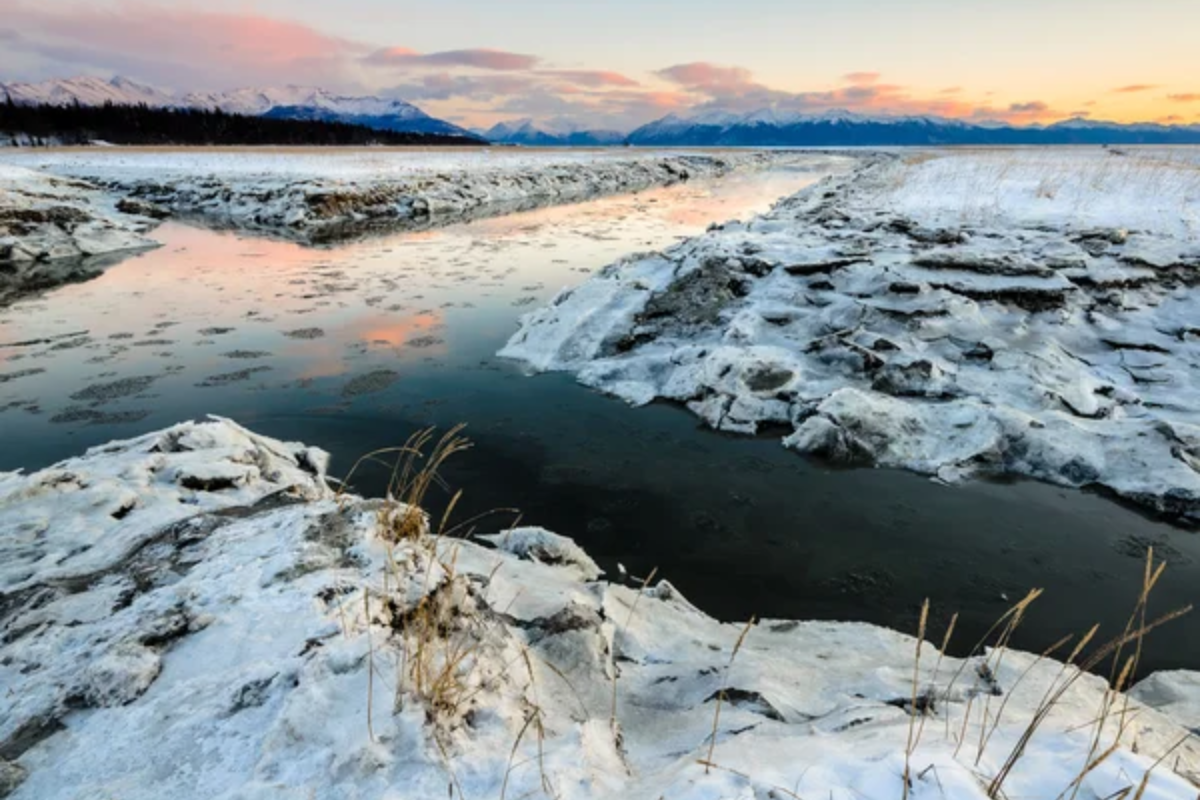
This 60-acre preserve protects the critical transition zone where Campbell Creek meets Cook Inlet, creating an important habitat for juvenile salmon. The mixed forest and wetland environments support some of the city’s highest wildlife diversity within a relatively small area.
Strategically placed observation platforms provide views across multiple habitat types while minimizing human impact on sensitive areas.
Like Travel Pug’s content? Follow us on MSN.
Eagle River Nature Center
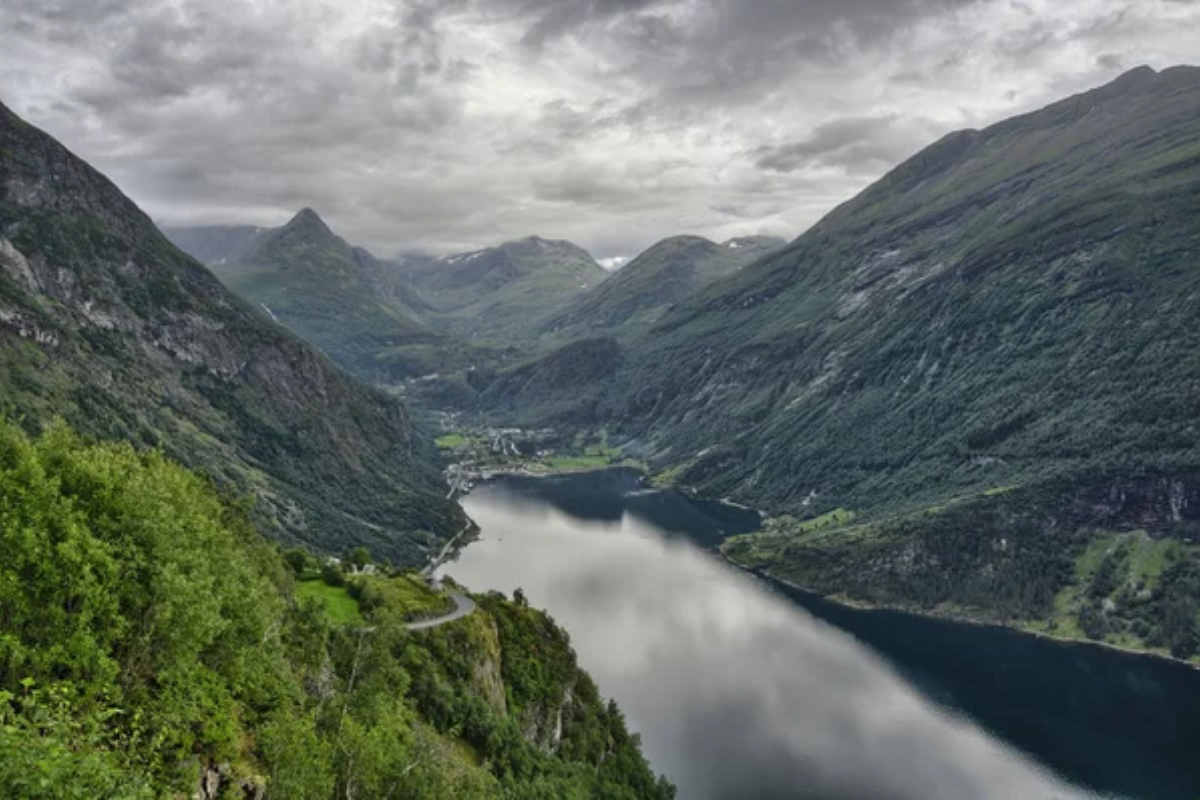
Located in Anchorage’s northern reaches, this nature center serves as a gateway to Chugach State Park while offering excellent wildlife viewing opportunities directly from its facilities. Programming includes guided walks focusing on seasonal highlights, from wildflower blooms to salmon runs.
Winter brings opportunities for viewing animal tracks in fresh snow while learning tracking skills from experienced naturalists.
Ship Creek

This urban salmon stream flows through downtown before entering Cook Inlet, creating one of the world’s few metropolitan sport fishing destinations. Viewing platforms along the lower creek allow observation of spawning salmon during summer runs without disturbing the fish.
The adjacent birdwatching areas attract photographers capturing eagles and belted kingfishers hunting along the productive waterway while maintaining comfortable proximity to downtown restaurants and shops.
Earthquake Park

This wooded park preserves evidence of the massive 1964 Good Friday earthquake that devastated parts of Anchorage. The landscape features broken ground and oddly tilted trees where substantial sections of bluff collapsed during the 9.2 magnitude seismic event.
The combination of dramatic geological history and current natural beauty creates a uniquely Alaskan educational experience along the accessible trail system.
Like Travel Pug’s content? Follow us on MSN.
Point Woronzof
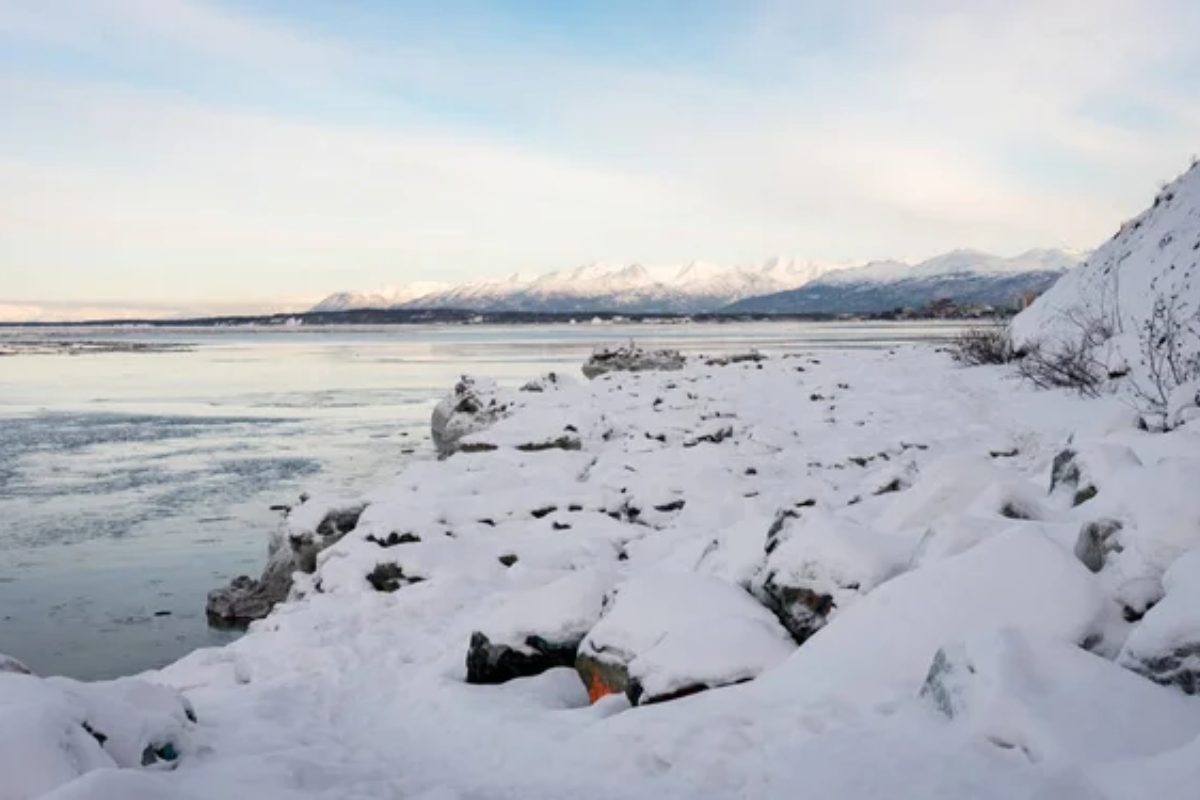
This coastal promontory offers spectacular views across Cook Inlet toward Denali on clear days while providing excellent aircraft watching as planes approach Ted Stevens International Airport. The eroding bluffs reveal geological layers spanning thousands of years of local history beneath visitors’ feet.
Sunset visits reward patience with some of Alaska’s most dramatic light displays reflected across the inlet’s surface.
Chugach State Park Access Points
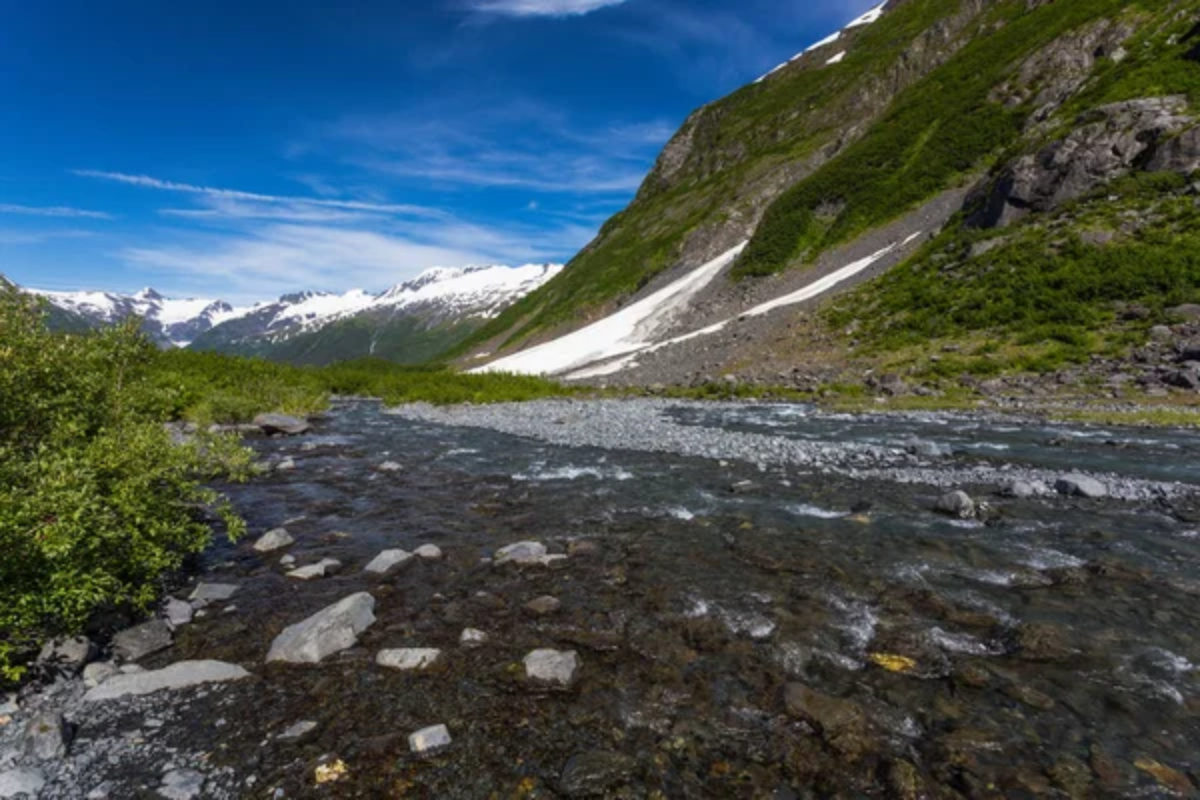
Multiple trailheads within municipal boundaries provide direct access to Alaska’s third-largest state park without requiring transportation beyond the city limits. The Flattop Mountain Trail represents Anchorage’s most popular hike, delivering panoramic views from downtown skyscrapers to distant mountain ranges from a summit reachable in under two hours.
Winter access remains open for experienced hikers comfortable with appropriate snow travel techniques.
University Lake
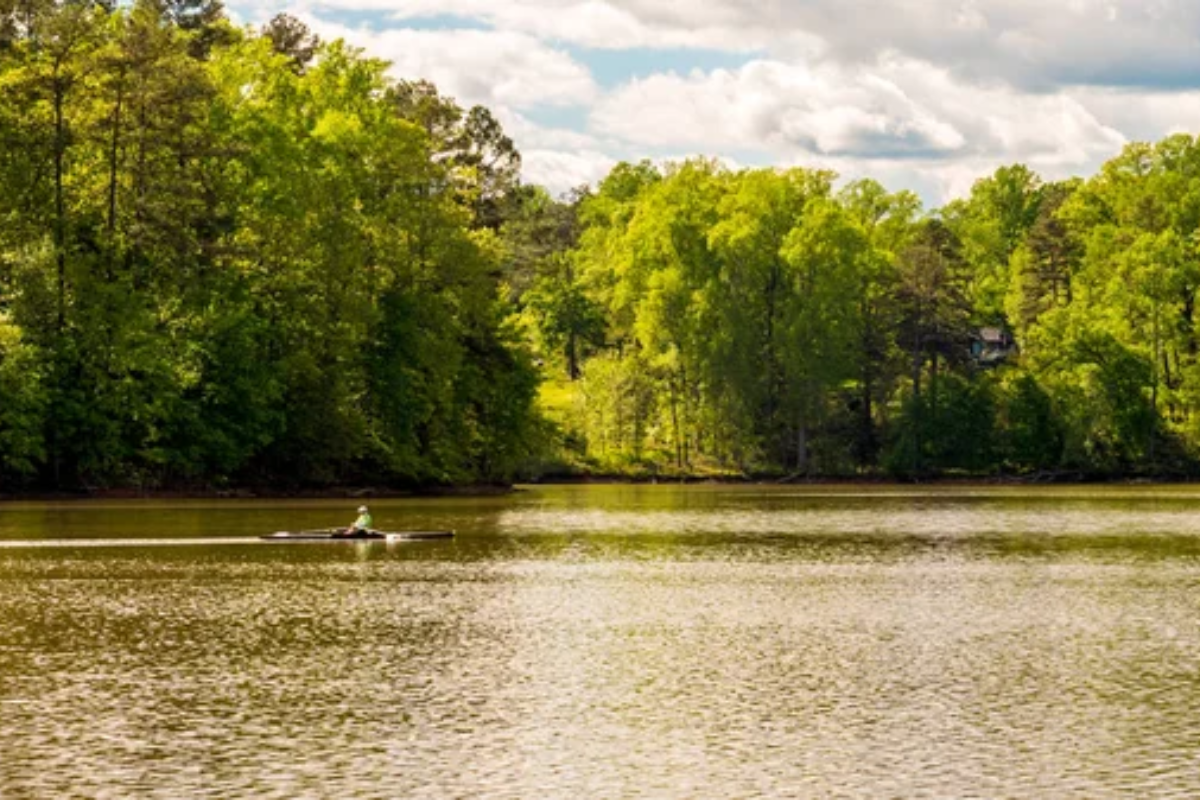
This small water body on the University of Alaska Anchorage campus supports remarkable wildlife diversity within an intensely developed area. The perimeter trail creates perfect running or walking loops while offering frequent wildlife sightings, including moose and waterfowl.
Academic research projects focused on urban wildlife populations sometimes provide opportunities for visitors to observe field science methodologies firsthand.
Like Travel Pug’s content? Follow us on MSN.
Conner’s Bog Dog Park
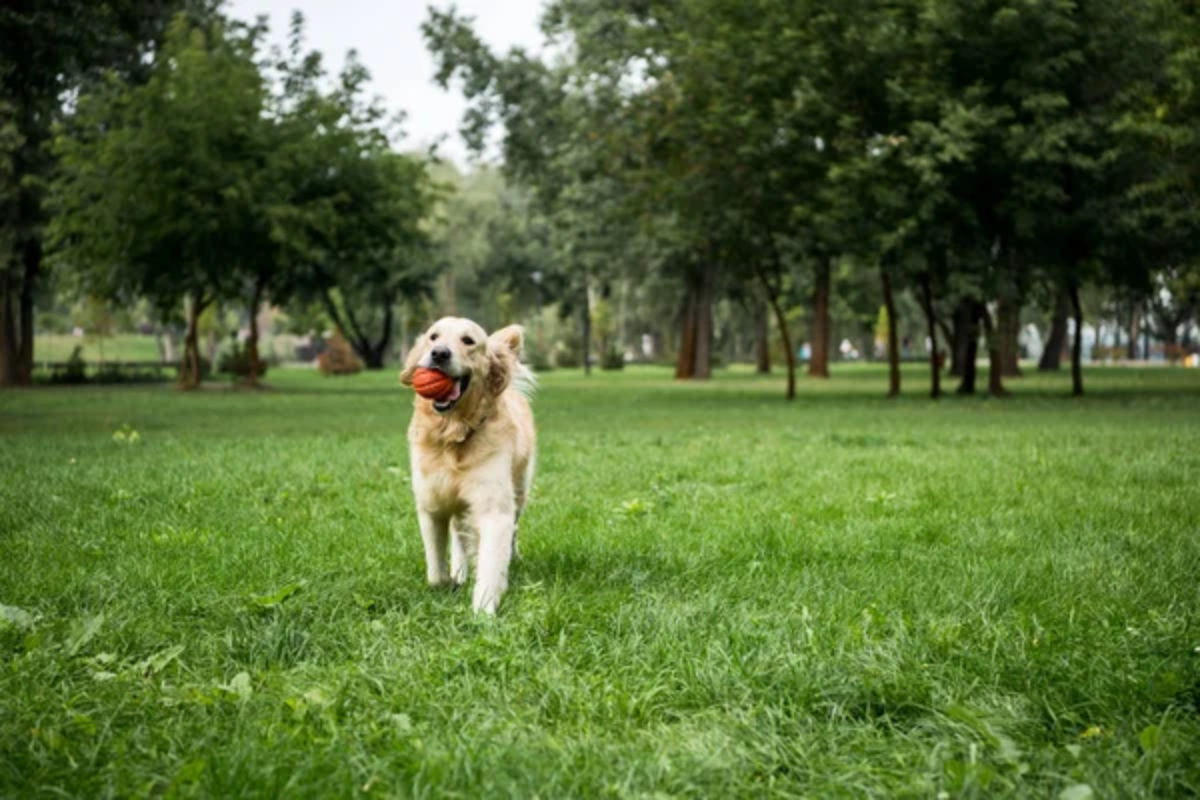
While designated as a dog exercise area, this expansive natural space hosts impressive wildlife diversity alongside recreational users. The wetland areas attract migratory birds, creating seasonal viewing opportunities as species travel between summer breeding grounds and winter habitats.
Morning visits increase chances of encountering moose browsing on willows, while most human visitors arrive later in the day.
Where Wild Meets Urban
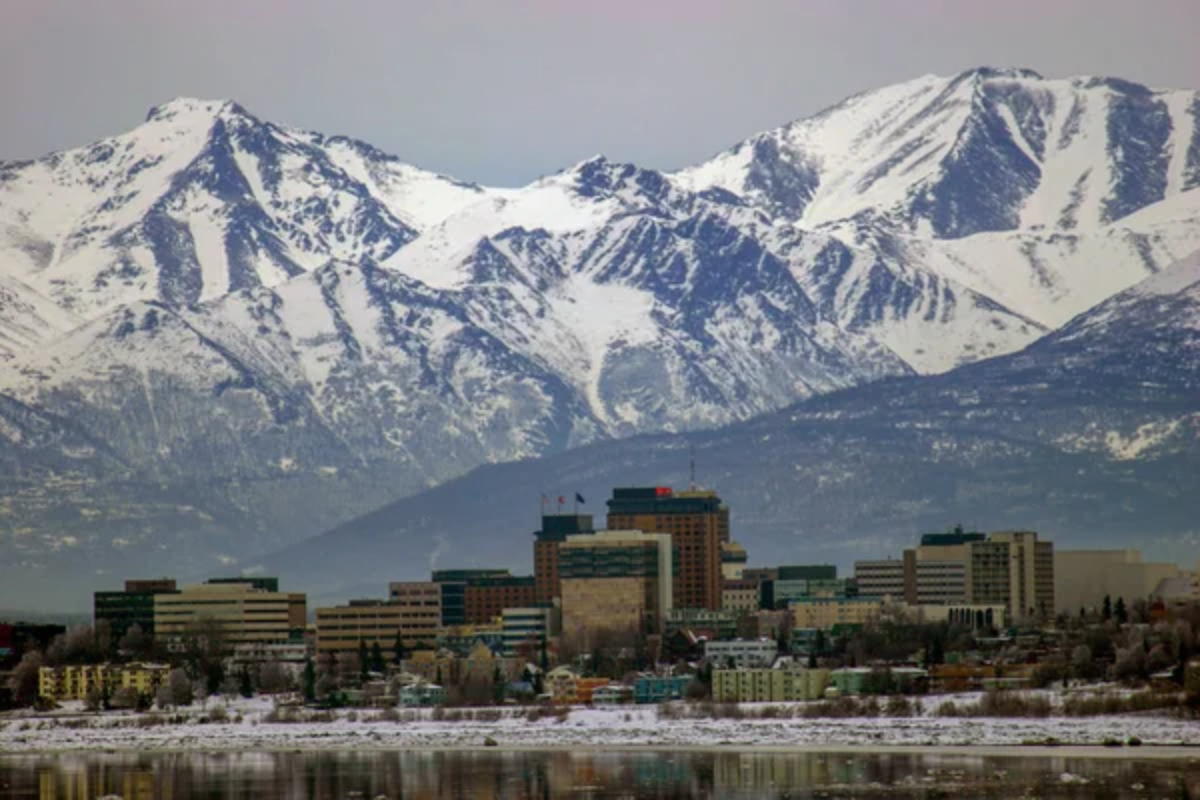
Anchorage’s exceptional integration of natural environments within urban boundaries creates outdoor experiences impossible elsewhere in America. The city’s commitment to maintaining wildlife corridors connecting larger habitat blocks ensures continued biological diversity alongside human development.
Visitors discover that experiencing authentic Alaskan wilderness doesn’t require bush planes or remote lodges – sometimes it’s simply a matter of walking a few blocks from downtown hotels to find themselves immersed in landscapes where human presence remains secondary to natural processes continuing much as they have for thousands of years.
More from Travel Pug

- Cities Growing so Fast You Won’t Recognize Them in 10 Years
- 13 Destinations Where Tourists Regularly Regret Their Trip
- 20 Obscure WWII Sites Even History Buffs Don’t Know About
- 10 Under-the-Radar Mountain Towns That Are Both Affordable and Beautiful
- Remote Villages in Europe Where You Can Live for Free in Exchange for Work
Like Travel Pug’s content? Follow us on MSN.
